Top 10 Things You Need To Know About Winter Camping In Snow
However, with the right skills, expertise, and specialist insulated equipment, camping in the snow can be an unforgettable experience.
1) Location Planning:
If you’re new to winter camping it’s imperative that you gradually gain experience of surviving nights in the snow. For your first couple of excursions there’s no need to hike for days into the tundra in search of adventure. Stick to somewhere familiar and relatively close to where you park your car. This way, should you encounter any problems throughout your trip, you can simply abandon ship and head back to the warm comfort of your escape vehicle.
2) Picking Your Campsite:
If you’re near mountains avoid snowy open slopes, or anywhere else that seems as if it could be an avalanche zone. Also, unless you’re very experienced, and have excellent local knowledge of rivers and lakes, avoid camping on frozen water. Having had the unfortunate experience of once rolling into a stream in the middle of the night in a tent, waking up confused and immersed in water is, to put it mildly, less than ideal.
When selecting your campsite, try find somewhere with some natural shelter from the wind, such as a clearing in a forest. However, avoid camping under any snow-laden boughs which might suddenly decide to shower you and your tent in several gallons of snow.

3) Sleeping Bag:
Before packing up and heading out, make sure your sleeping bag is rated to endure the temperatures forecast for your trip. Waking in the middle of the night desperately shivering will, at best, sap the fun out of a trip or, at worst, potentially turn it into a dangerous situation. Having a suitably rated sleeping bag, such as the Mummy Sleeping Bag, which is rated for use in extremes as low as 23F (-5°C), is vital.
4) Sleeping Mat:
In the summer months, dragging your yoga mat into the wild may serve as adequate bedding, however, in winter, you may be in contact with the icy ground which will rapidly drain your body heat. A thermally insulated bed-rest, like the Self-Inflating Mattress, will raise you off the ground and provide much needed insulation to ensure a comfortable night’s sleep. And, given that it’s approved for use between temperatures of -13F (-25°C) to 113F (-45°C), it’s a piece of kit that you’ll be grateful to use all year round.
5) Selecting Your Shelter:
While many people use hot-tents to camp in winter months, CRUA’s range of thermally insulated tents offer an excellent alternative. Free from needing to lug around a heavy portable stove, and spending hours chopping wood for it, you’ll be able to pack lighter, more efficiently, and spend more of your time enjoying the outdoors.
Indeed, if you’re feeling particularly adventurous, why not consider sleeping in a hammock instead?

6) Check The Weather:
If you aren’t looking at the weather-forecast with increasingly panicked regularity in the build-up to your winter camping trip then you are simply not prepared. Knowing the conditions you’re heading out into is crucial. For instance, if it seems that the predicted temperature is worryingly close to the stated limit on your sleeping bag, pack a sleeping bag liner. Not only do these provide extra comfort but they can also increase the temperature range of your sleeping bag by some 15F (-9°C).

7) What To Do When It Snows:
Camping in the snow, and camping while it’s snowing are two different things. If it starts snowing heavily during your trip, there are a number of additional safety measures you will need to adhere to. It’s important to ensure that your tent doesn’t become overburdened with a snow load, so setting an alarm through the night to knock snow off the roof and to guarantee that the ventilation holes haven’t become blocked with snow is vital.

8) Layering Your Clothes:
Up until relatively recently in human history, the only way you could guarantee you’d stay warm in the winter was by fashioning some kind of smock from the pelt of a caribou. Now, thankfully – for yourself and the caribou – you can simply head to your local outdoor shop to pick up some suitable clothing.
Wearing multiple layers allows you to regulate your body temperature throughout the day and night. Sweating should be avoided if possible as water conducts heat far more efficiently than air, so when you sweat you will cool down much more quickly. Whether you’re going on a hike, chopping wood, or just sitting around wondering how on earth humanity ever survived without central heating, being able to quickly add or takeaway layers will be crucial.
9) Hydration:
It’s vital to drink plenty of fluids throughout the day. Clean snow can be melted and filtered to provide additional drinking water if needed. However, you should taper off your fluid intake before bedtime and do your utmost to go to the bathroom before bed. Your body expends a lot of energy storing a full bladder of liquid, and there is frankly nothing worse than waking in the middle of the night bursting for the bathroom and having to slide into all your icy clothes to stumble out of your cozy Culla Maxx into the cold night for a tinkle.
10) When Nature Calls:
Though unpleasant, you should bring bags to take your waste with you – in case the snow’s too deep to dig through to create a cat-hole in the ground. Unfortunately, burying your waste in the snow isn’t sufficient as, when the snow melts in spring, your deposit will be uncovered, and frankly, animals waking from hibernation have enough to be getting on with instead of emerging from their burrows to find themselves face to face with your business.

When camping in winter, safety is paramount. Ideally, always bring a camping buddy. Valentine’s date ey? Even if you take all necessary precautions, sudden snow-storms and other unexpected incidents can still ruin the best laid plans. Always ensure that you have a contingency plan and never be afraid to call off a trip if you aren’t comfortable with the conditions.


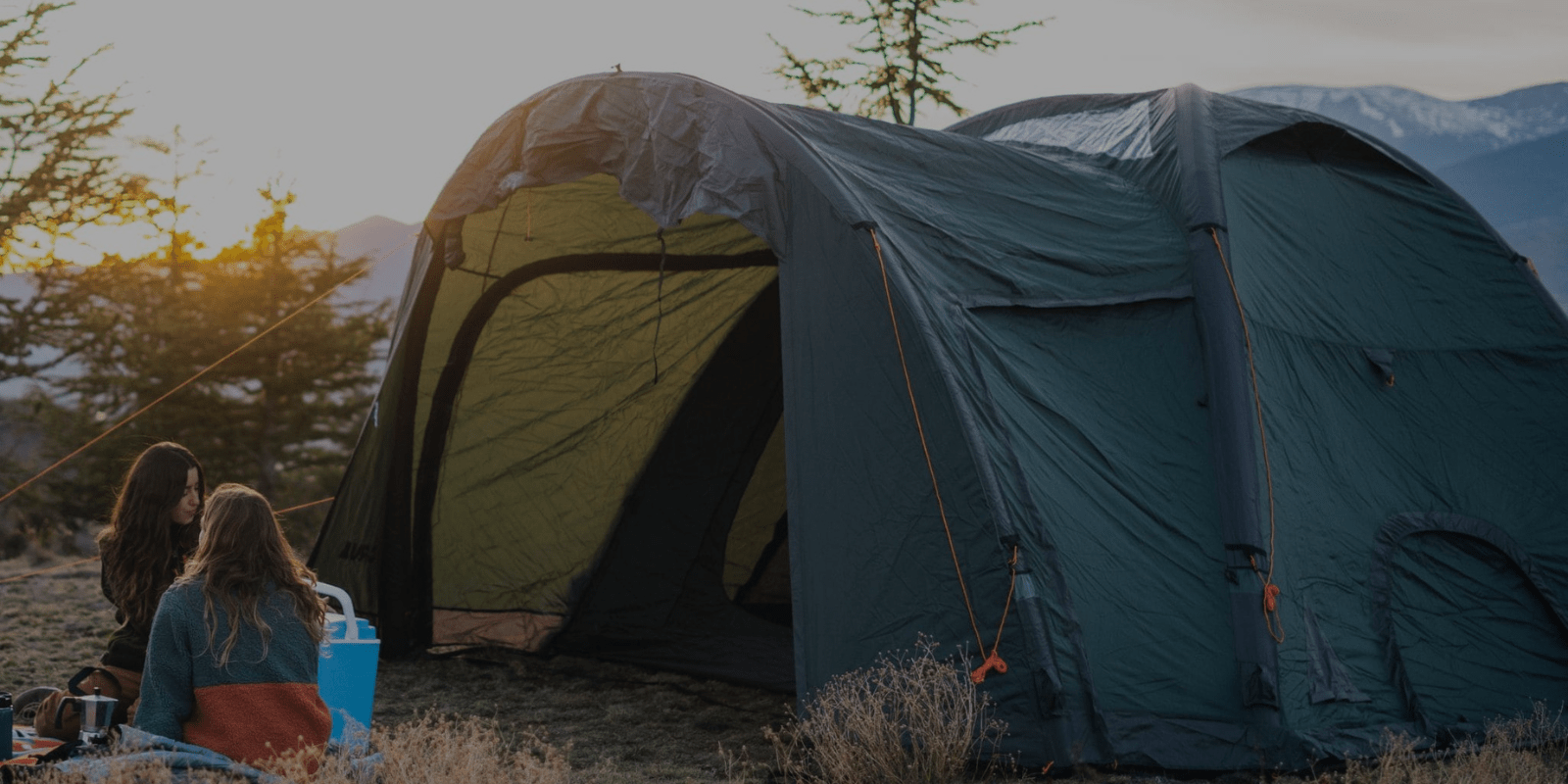
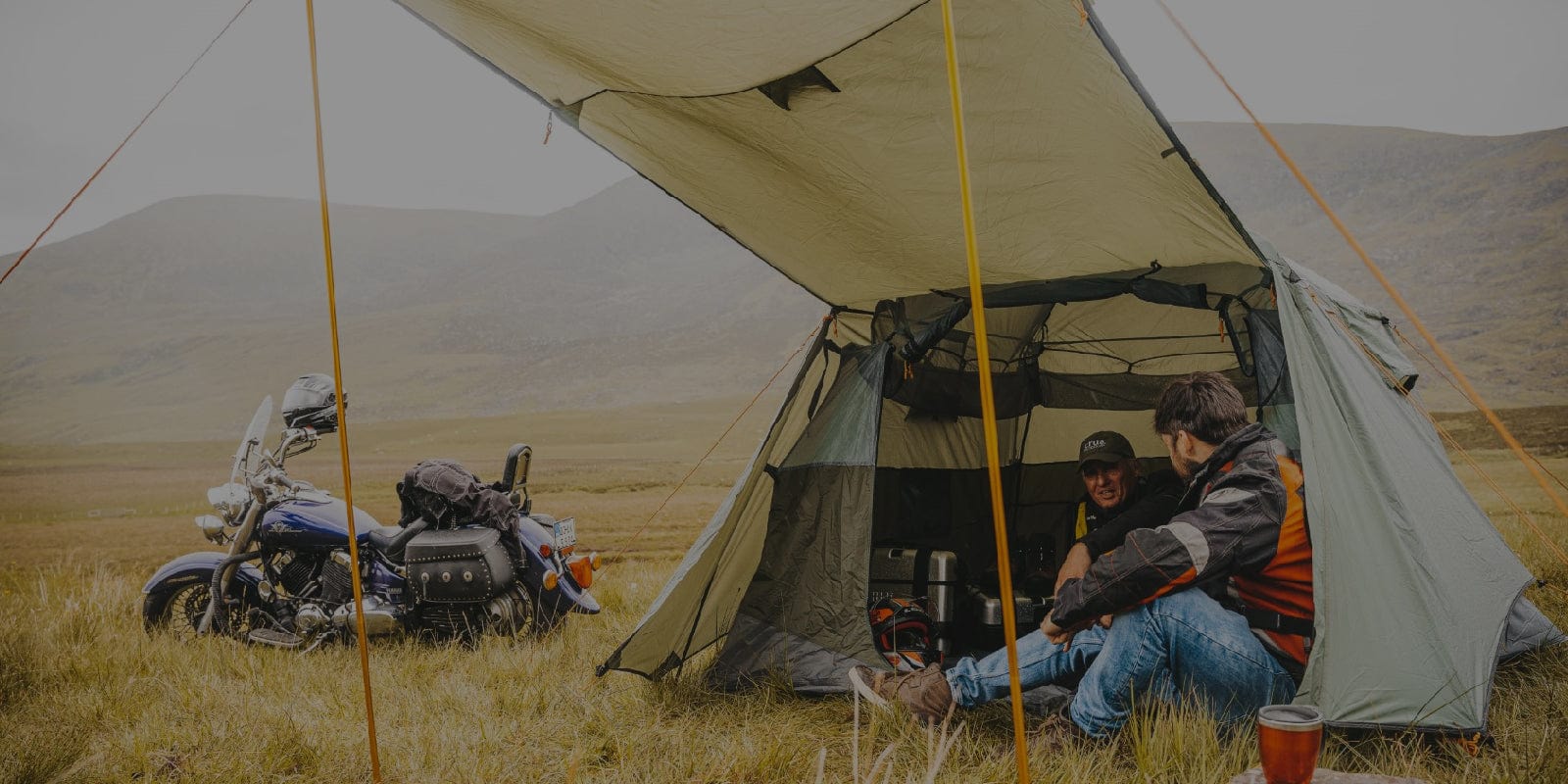
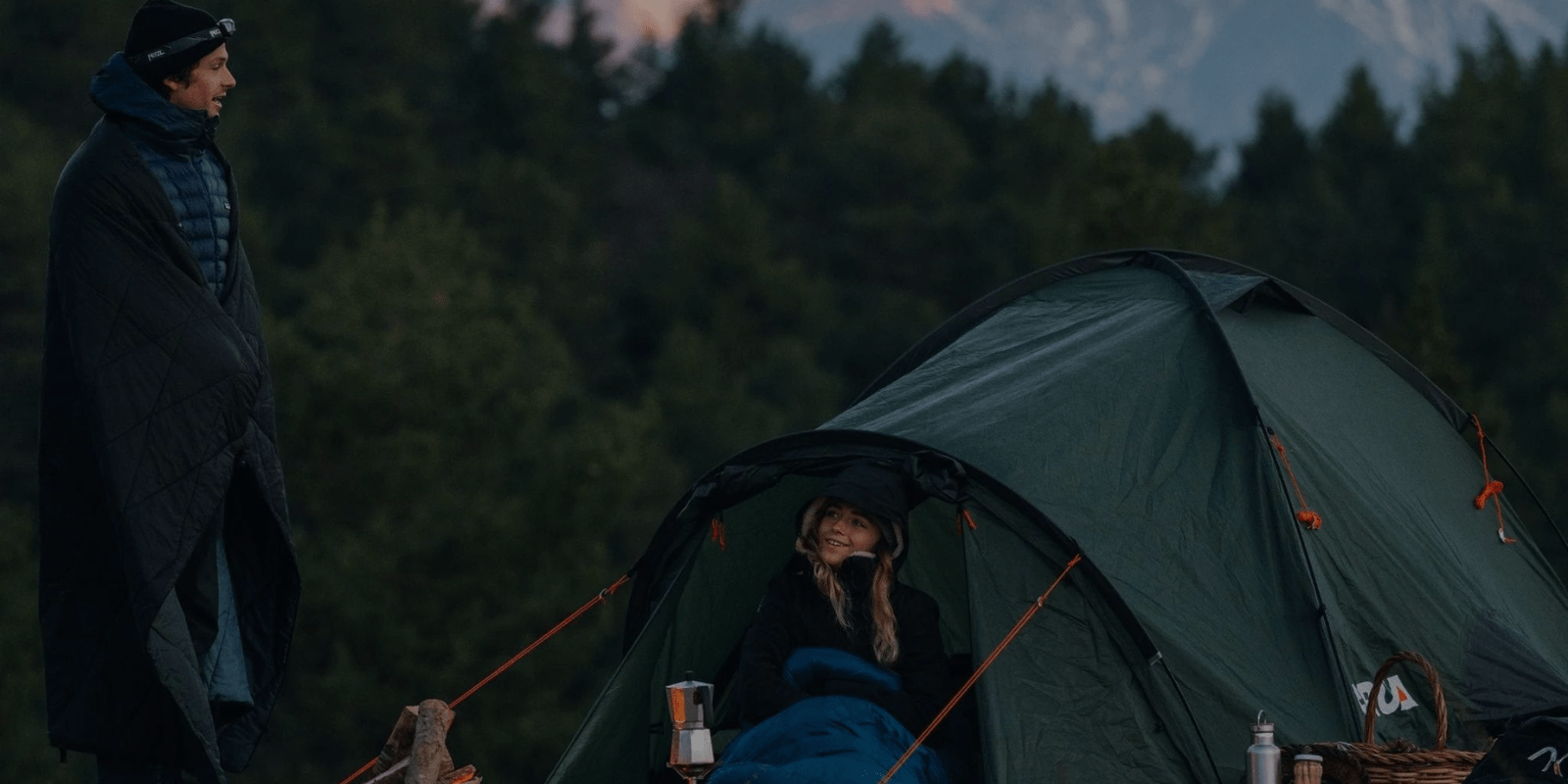
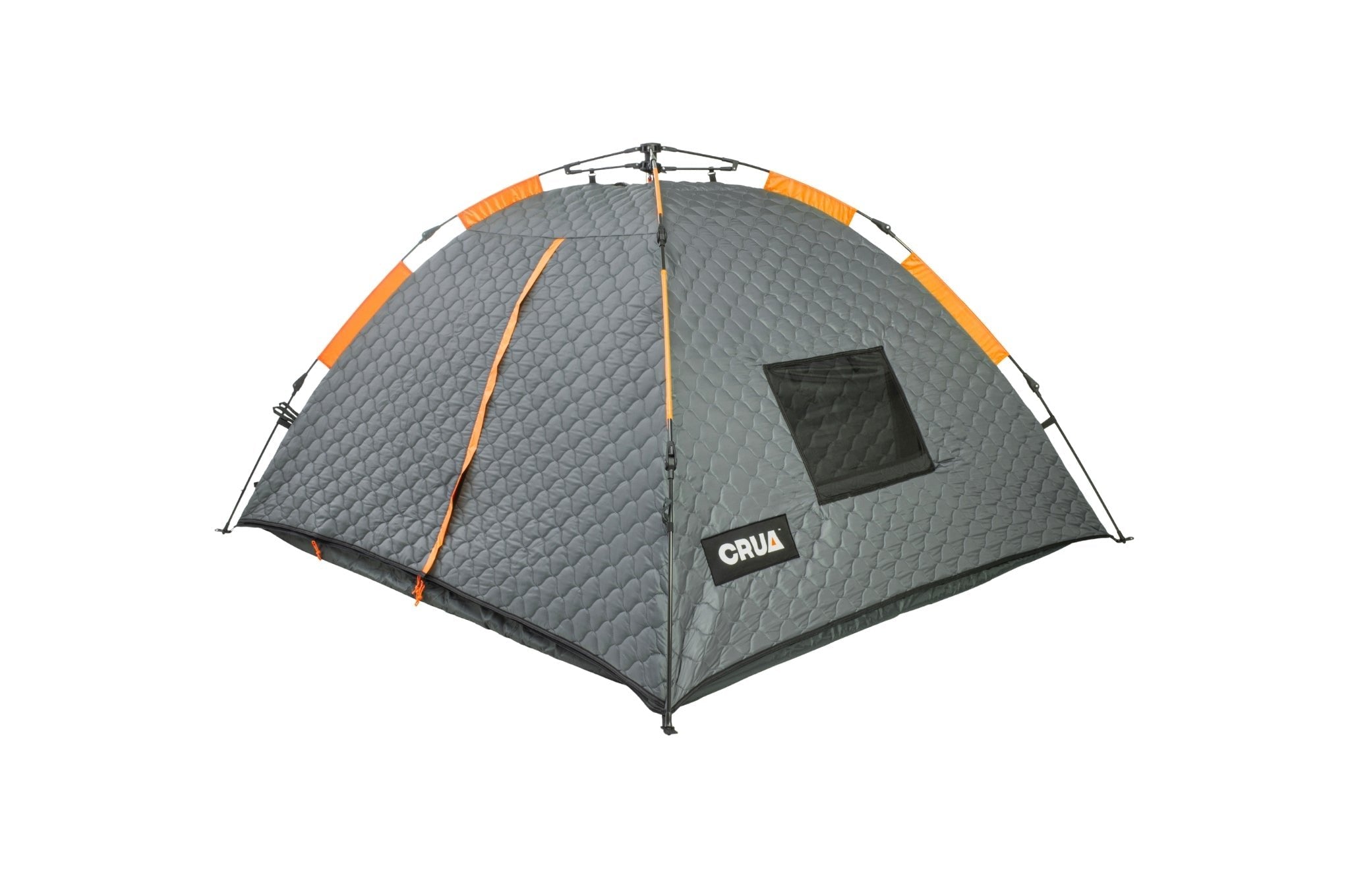
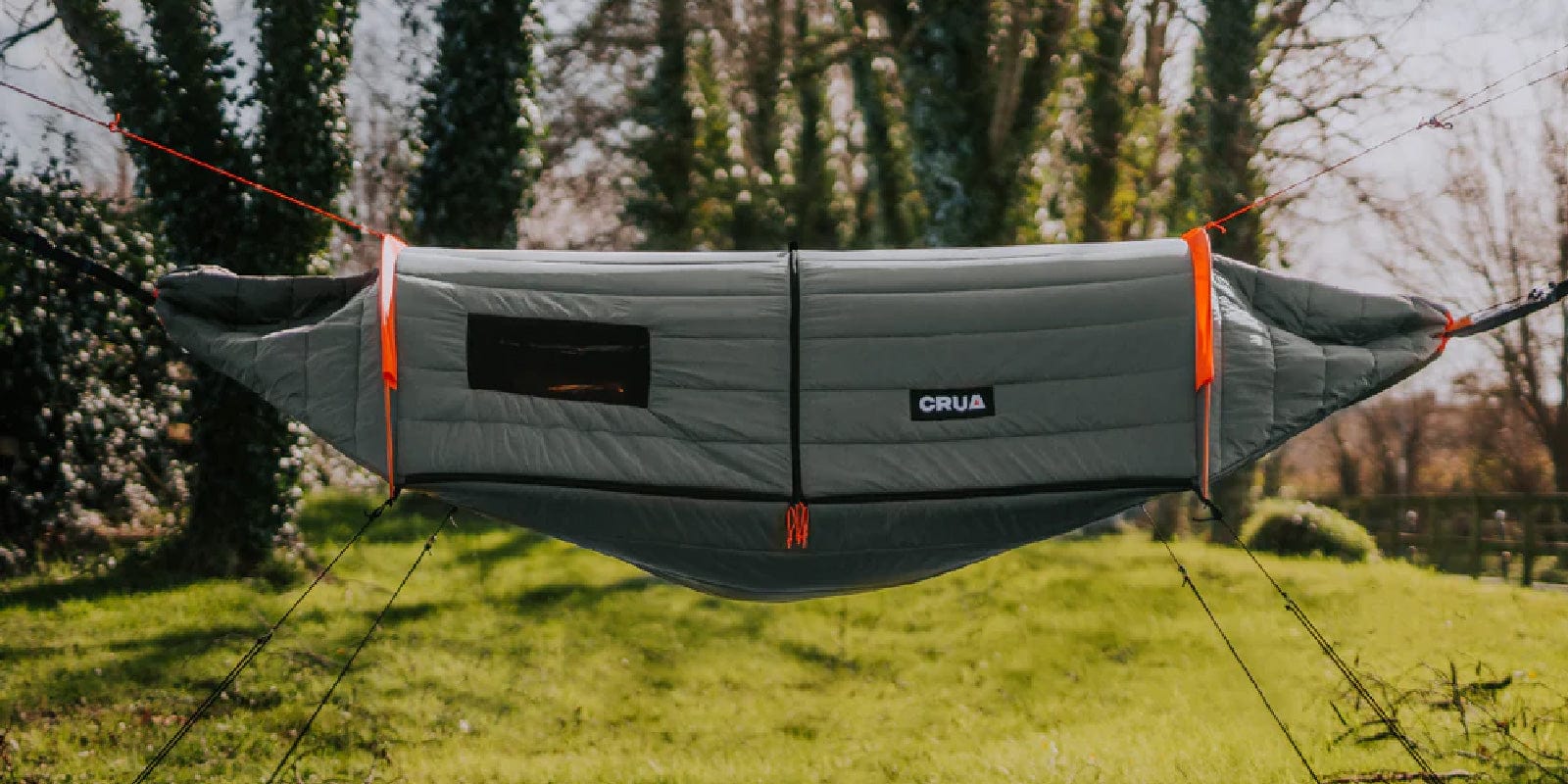
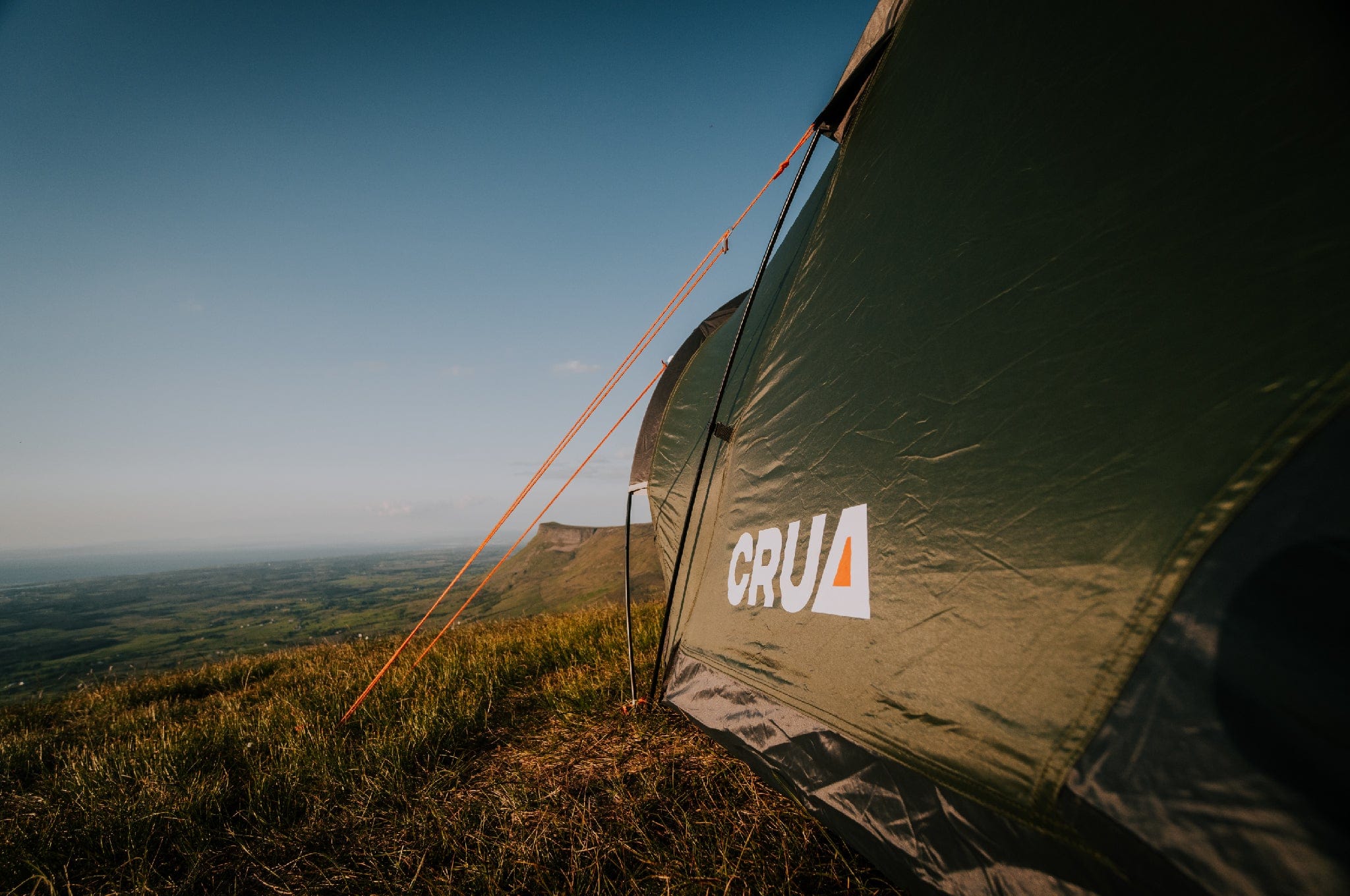
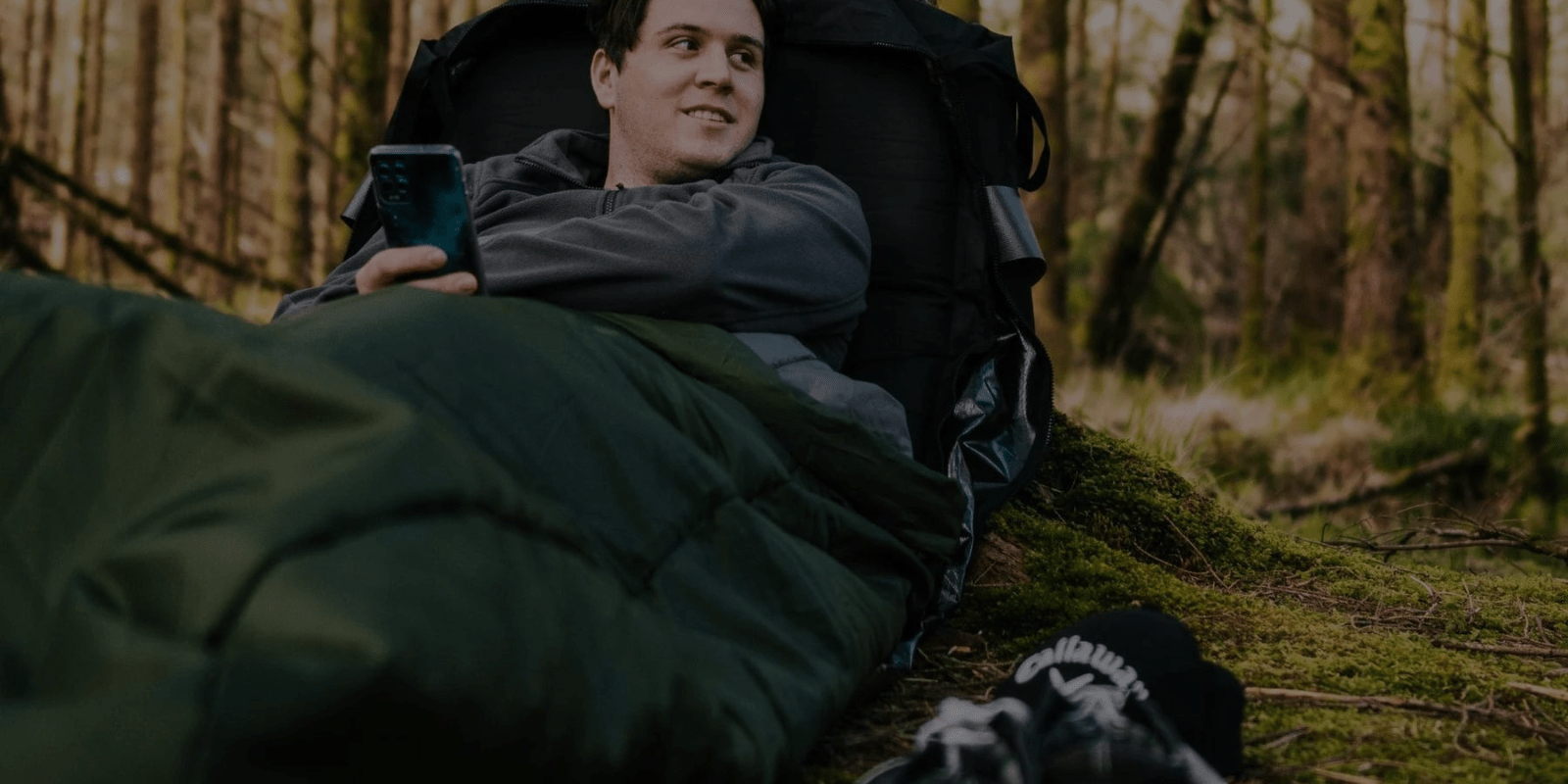
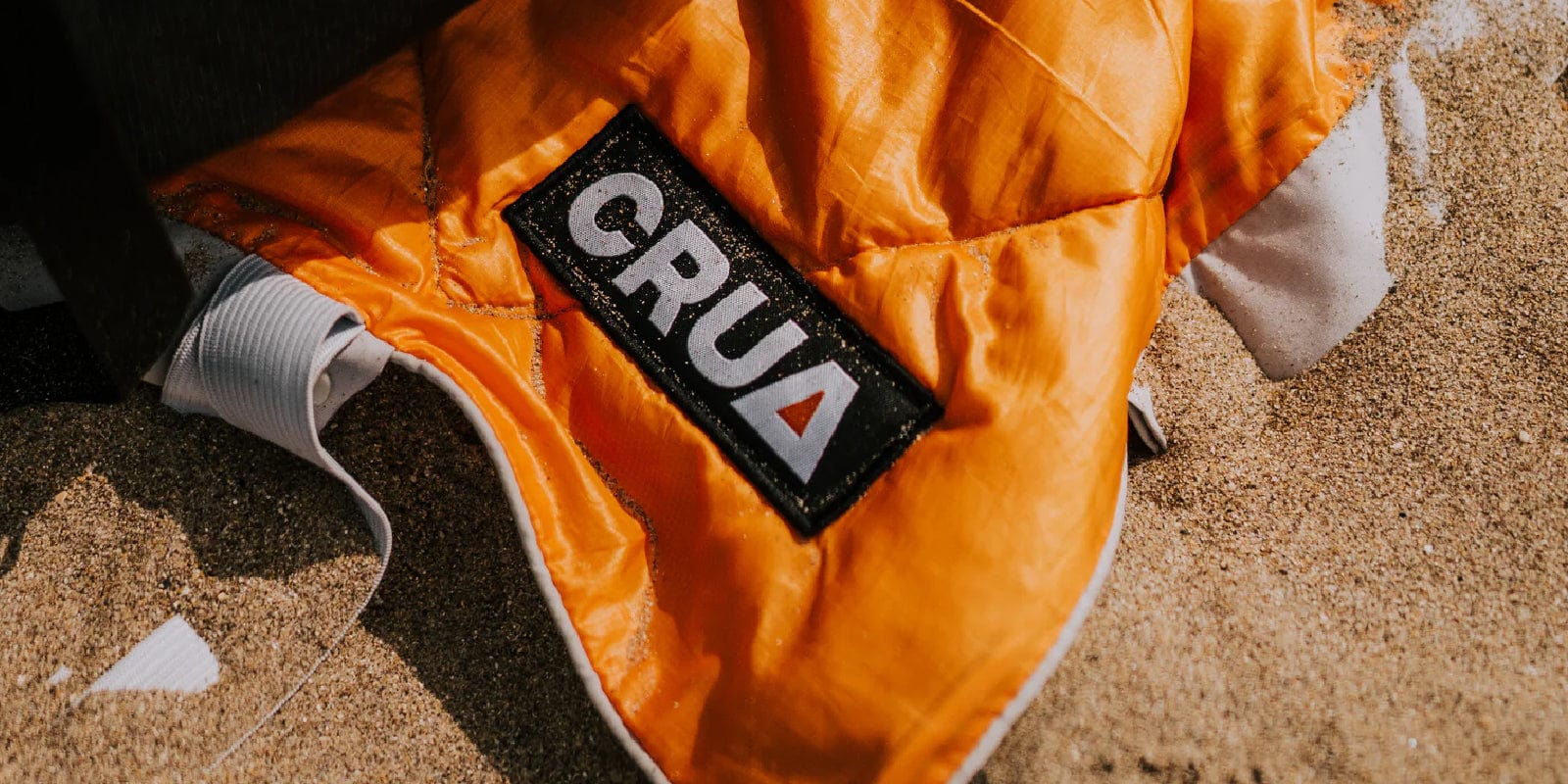
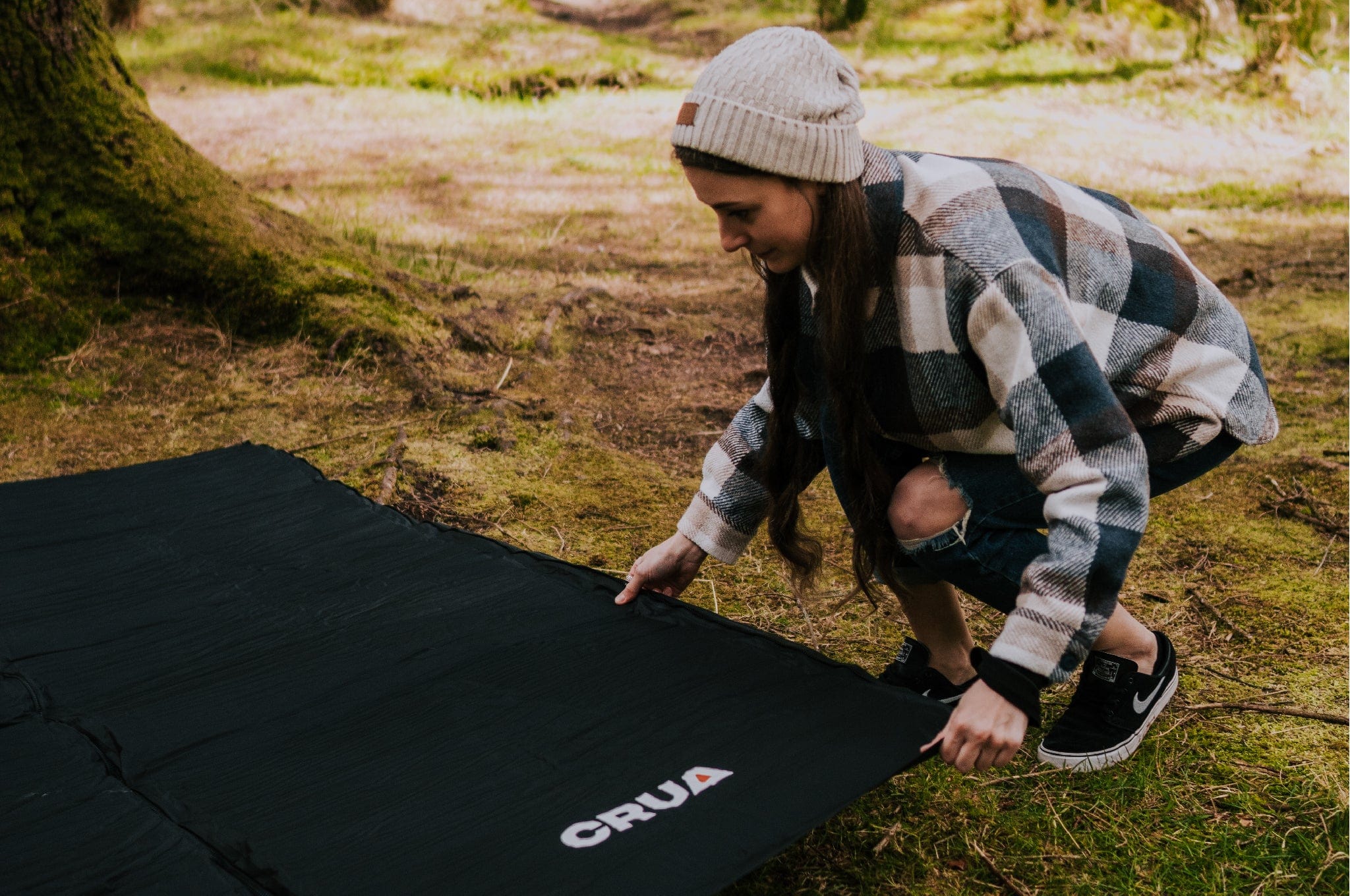




Leave a comment
All comments are moderated before being published.
This site is protected by hCaptcha and the hCaptcha Privacy Policy and Terms of Service apply.